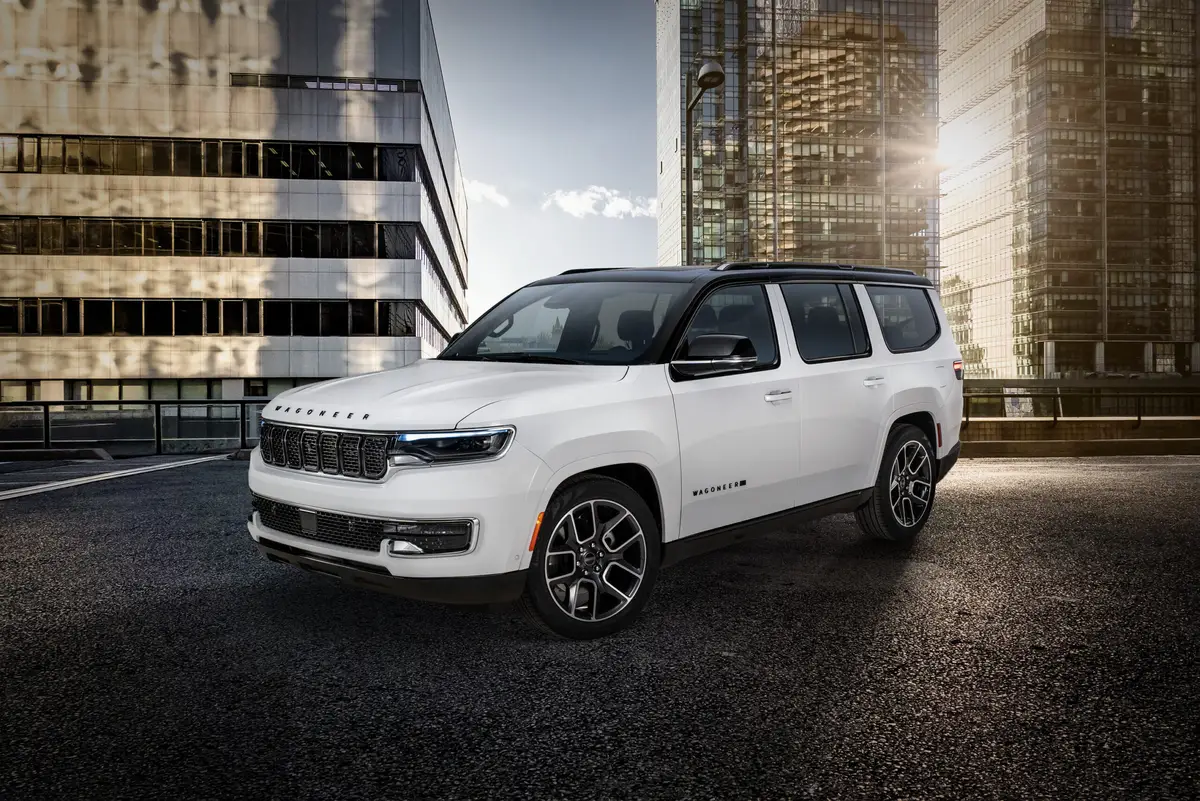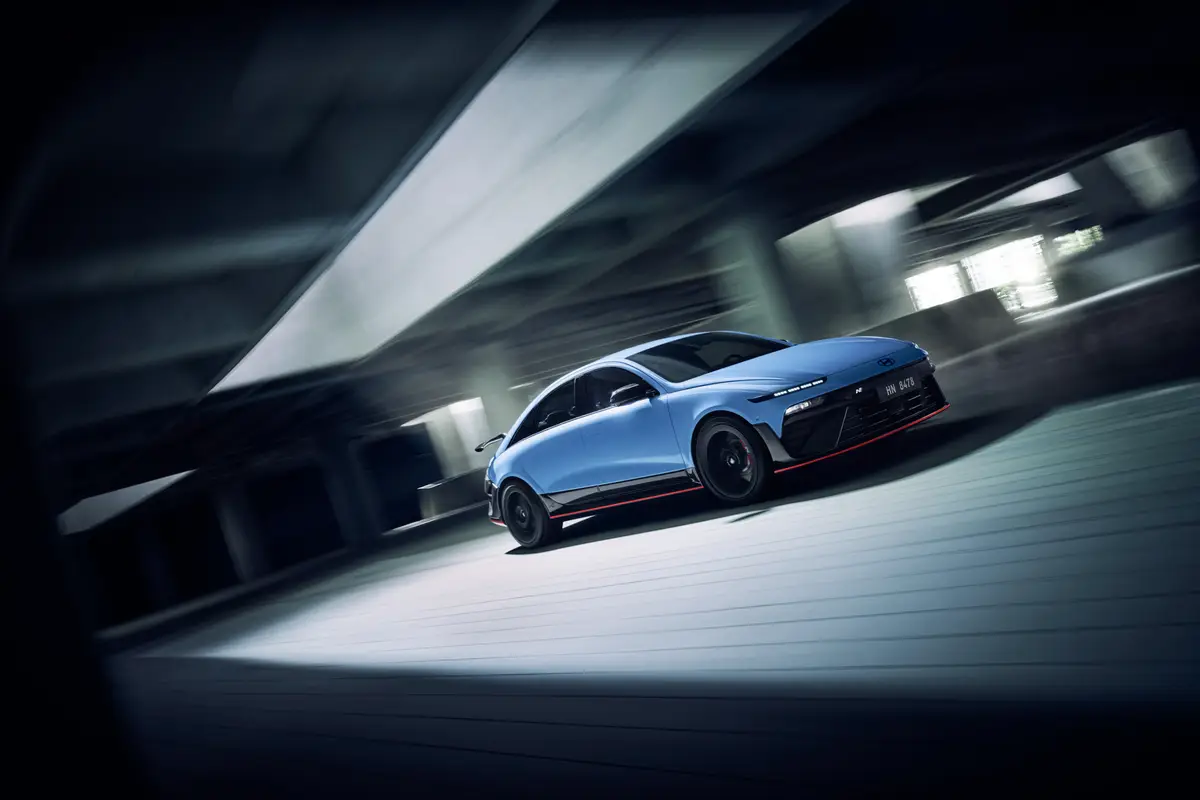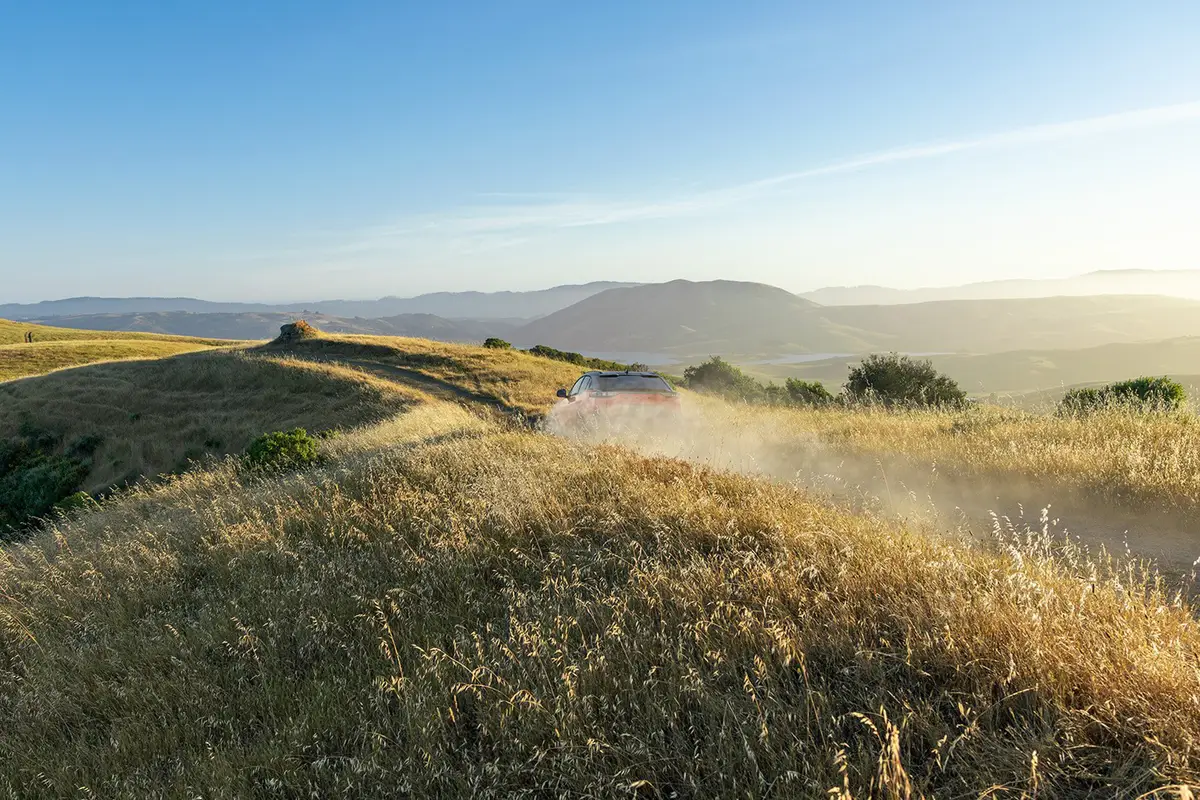Orlando Sentinel's view
The Jeep Wrangler is the crudest vehicle you’ll ever love.
The test Wrangler, a nearly stripped base model, had nothing – except for a powerful AM/FM radio – that could be considered a luxury. Yet it was extraordinarily fun to drive.
Somehow the Jeep Wrangler changes your perception of things.
Who needs an air conditioner, power accessories or even roll-up windows?
Roughing it is fun.
If you take just one ride in a Wrangler, you’ll understand why year after year, this Jeep – the one that started it all – is a best-seller.
ENGINE, PERFORMANCE
There are two engines available in the Wrangler this year. An optional high-performance, 180-horsepower six cylinder and the test vehicle’s standard 123-horsepower, fuel-injected, 2.5-liter four cylinder.
The base engine is blessed with an abundance of torque. In fact, the redline – the limit you can rev the engine – is just 5,200 rpm, very low compared with most of today’s four cylinders.
Because the engine develops most of its power in the lower rpm range, it isn’t necessary to make the engine work at high speeds. Acceleration is snappy, performance is brisk and the vehicle does well in rough terrain or on the interstate.
The five-speed manual transmission is smooth shifting. The first four gears are ideal for city driving. Fifth gear is best used on long, high-speed road trips. It is very tall and taxes the engine when you are not going at least 55 mph.
The transfer case allows you to shift in and out of four-wheel drive easily. In some four-wheelers, engaging four-wheel drive saps power and makes the vehicle louder. Not in the Wrangler. In fact, I could not discern any difference between two-and four-wheel-drive modes.
The clutch pedal takes little effort, making the Wrangler very easy to drive. I feel the clutch and brake pedal should be spaced an inch or two further apart. Several times I unintentionally engaged both pedals while trying to shift.
The Wrangler is EPA rated at 18 miles per gallon city and 20 mpg highway. In combined city/highway/off-road driving, the test vehicle delivered close to 17 miles per gallon. However, the test vehicle had just over 500 miles and wasn’t broken-in. The owner manual says fuel mileage improves after break-in.
STEERING, HANDLING
The test vehicle came equipped with the optional ($549) off-road package, which includes gas-charged shocks, fatter tires, a draw bar and tow hooks. This, combined with power steering, a $300 option, made the Wrangler easy to steer, but unmercifully bouncy in rough terrain.
Wearing seat belts is required by law, and this is definitely one vehicle in which the driver and passenger should always wear them. Traveling over several large mounds of dirt and railroad tracks, sent me flying an inch or two out of the seat only to be reeled back in by the seat belts.
This is what the Wrangler is all about.
It revels in this type of drivi ng environment. While the vehicle looks fun and sporty (it is) it is certainly not a toy. The Wrangler is a serious off-road vehicle. The steering radius, even with the fat tires, is excellent. The power steering is quick and easy.
The power disc/drum brakes are decent, though not overly powerful. Anti-lock brakes are not offered on the Wrangler.
FIT, FINISH, CONTROLS
If the Wrangler has a weak point, this is it. The convertible top is maddeningly confusing to raise and lower. I’ve owned nearly a dozen convertibles and tested just about every softtop on the market.
The Wrangler’s convertible top – an intricate web of snaps, zippers and plastic fasteners – could tax the patience of a saint.
Let’s just say the top is best lowered on a day when there is no rain in the forecast and that it is best raised before nightfall. The process takes about 1/2 hour – if you are fast. It might be worth spending an extra $1,500 or so and opt for the removeable hardt p.
The way the vinyl side windows attach to the doors is almost beyond crude.
However, once the top is lowered and the windows removed (they can’t be stowed in the vehicle) you see the Wrangler’s real character.
The padded roll bars all around, plus the spartan interior make you want to set off on an all-terrain adventure.
There’s a full complement of analogue gauges that appear to be sealed behind a protective plastic shield in case the vehicle gets caught in the rain.
The gauges are spaced across the length of the dash and are easy to read. Carpet is a $137 option.
I found that in climbing in and out of the Wrangler the carpet has a tendency to move around. The carpet could be held in place if it were snapped to the floor, like it is in some English sports cars.
The one thing you don’t see on the window sticker is fun – and that is what is built-in to the Wrangler. Other drivers were openly envious of the bright red test vehicle.
If you have a sense of adventure and can stand a vehicle that doesn’t offer a lot in the way of sophistication, check out the Jeep Wrangler.
Latest news



